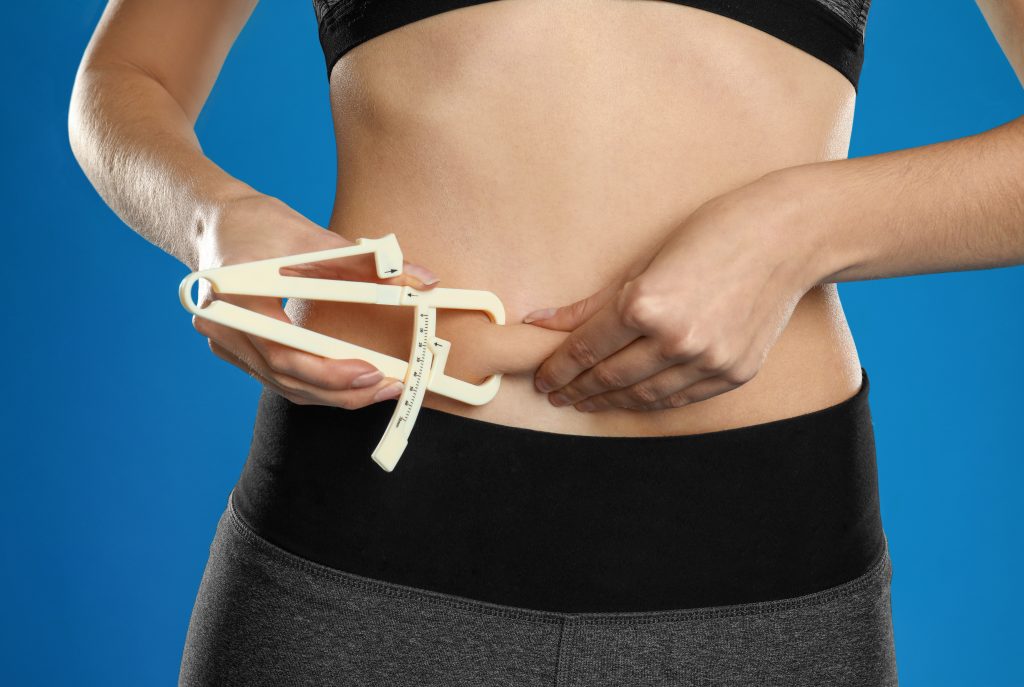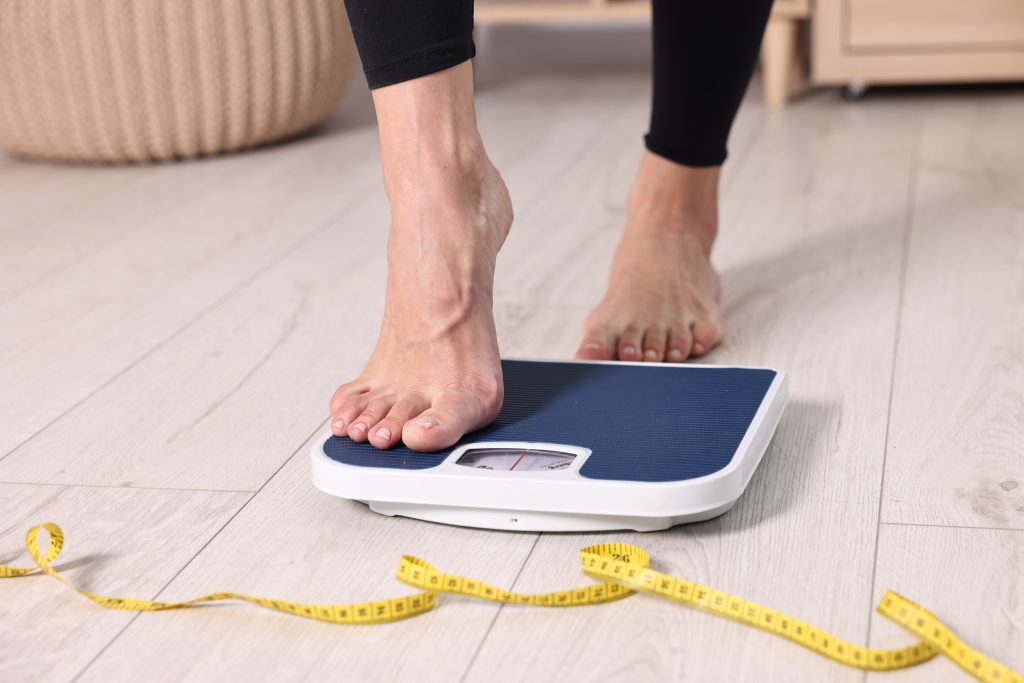
If you’ve ever tried to lose weight, you’ll know that it’s important to track your journey and your progress so that you know whether you’re heading towards your goals.
But what numbers should you focus on, the numbers on the scale or something else? What do they all mean? For most people, the two main numbers you may of heard of are BMI (Body Mass Index) and body fat percentage—but they’re not created equal.
At My Weight Loss Clinic, our team of nurse practitioners are often asked which one of these is better for tracking weight loss. Body Mass Index (BMI) and Body Fat Percentage (%) are two main ways people track weight loss progress. But what’s the difference between these measurements, and which one gives a clearer picture of your health?
What is BMI, and Why Does It Matter?
BMI is one of the simplest ways to gauge whether you’re in a healthy weight range. It’s calculated using your height and weight and places you into categories like underweight, normal weight, overweight, or obese. BMI is a quick and easy tool often used by healthcare professionals to get a quick snapshot of whether you are in a healthy weight range. But it’s not perfect.
BMI doesn’t tell the whole story. It doesn’t take muscle mass into account. This means that someone with a lot of muscle could be classified as overweight, even though their body fat is low. So while it’s a handy tool, BMI doesn’t always give you the full picture of what’s happening inside your body. It’s important to see BMI as a broad guideline rather than a precise health indicator.


What’s Body Fat Percentage, and Why Is It Different?
Here’s where body fat percentage comes in. Unlike BMI, which only considers your overall weight, body fat percentage measures the actual amount of fat you’re carrying. It’s a more precise way to understand your body composition and how your weight is distributed between fat and lean muscle mass. This distinction is crucial for anyone serious about healthy weight loss.
At My Weight Loss Clinic, we use advanced technology like DEXA (Dual-Energy X-ray Absorptiometry) scanning to provide highly accurate readings of your body fat percentage, muscle mass, and even bone density. DEXA scans are a gold-standard method in body composition analysis and give us valuable insights to create a personalised weight loss plan for our clients.
Our DEXA scans provide you with accurate, real-time insights into your body composition. This means you can see exactly where you’re losing fat, and whether your weight loss plan is working for you in the healthiest way possible.
Which Is Better for Your Weight Loss Journey?
While both BMI and body fat percentage have their uses, body fat percentage offers a more detailed and accurate view of your weight loss progress. Studies have shown that body fat percentage is a better predictor of health risks compared to BMI, particularly in individuals with higher muscle mass.
Here’s how each measurement can be beneficial:
- BMI: Ideal for giving you a broad understanding of where you fall in terms of weight categories. It’s a simple starting point if you’re just beginning your weight loss journey.
- Body Fat Percentage: If you’re serious about healthy fat loss and ensuring you’re losing fat instead of muscle, body fat percentage is a much more insightful tool. This measurement allows you to track whether your efforts are focused on fat reduction, ensuring you’re losing weight in a healthy way.
BMI
Ideal for giving you a broad understanding of where you fall in terms of weight categories. It’s a simple starting point if you’re just beginning your weight loss journey.
Body Fat Percentage
If you're serious about healthy fat loss and ensuring you're losing fat instead of muscle, body fat percentage is a much more insightful tool. This measurement allows you to track whether your efforts are focused on fat reduction, ensuring you’re losing weight in a healthy way.

My Weight Loss Clinic
We specialise in education and empowerment. We want this to be the last weight loss program you do.
"*" indicates required fields